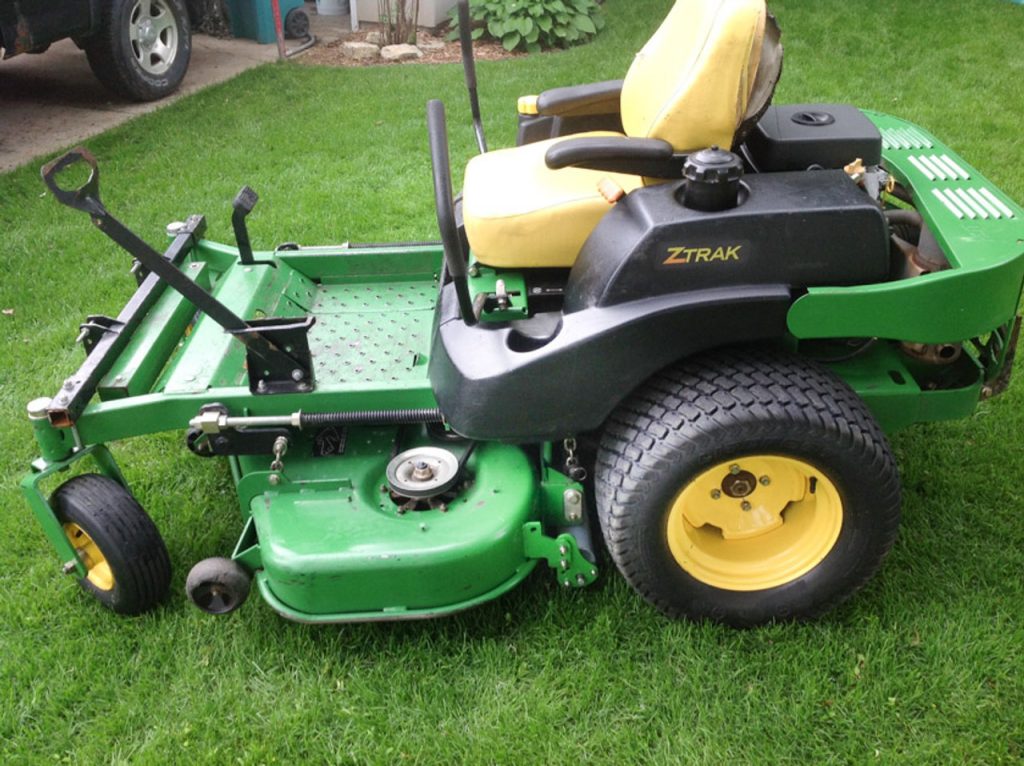Automated control systems rely heavily on valves to regulate the flow of liquids and gases efficiently and safely. Choosing the right valve type is essential to ensure smooth operation, reliability, and minimal maintenance. Ball valves and gate valves are two of the most commonly used valves in automation, each with distinct features and benefits. Understanding their differences helps engineers and technicians select the most suitable valve for specific control system requirements.
Benefits of Ball Valves for Automated Control Systems
Ball valves use a spherical disc to control flow. They rotate 90 degrees to open or close, offering quick operation and tight sealing.
- Fast and Precise Operation: Ball valves provide quick quarter-turn operation, ideal for automated systems requiring fast response times.
- Tight Sealing: The ball’s design offers a reliable seal, reducing the risk of leaks, which is critical in automated processes.
- Low Pressure Drop: When fully open, ball valves offer minimal resistance, improving flow efficiency.
- Durability: The valve actuator types have fewer moving parts exposed to flow, resulting in less wear and longer life in automated settings.
- Easy Integration: Their compact design makes them easier to fit with automated actuators for precise control.
- Minimal Maintenance: The valve’s design limits the buildup of debris, reducing the need for frequent servicing.
Benefits of Gate Valves for Automated Control Systems
Gate valves operate by lifting a gate out of the fluid path, offering a straight-line flow with minimal restriction.
- Full Bore Flow: Gate valves allow unobstructed flow when fully open, which is beneficial in pipelines requiring minimal pressure loss.
- Cost-Effective: Typically, gate valves have lower initial costs, making them attractive for large-diameter pipelines.
- Good for On/Off Control: While slower to operate than ball valves, gate valves provide effective isolation, suitable for systems where flow needs to be completely stopped or allowed.
- Durability in High Pressure: Gate valves handle high pressure and temperature well, which is useful in heavy-duty automated systems.
Comparing Ball Valve vs Gate Valve in Automation
- Speed of Operation: Ball valves are faster due to the quarter-turn mechanism, ideal for automated control requiring rapid response.
- Control Precision: Ball valves offer better flow control in automated systems, whereas gate valves are primarily suited for full open or close positions.
- Cost: Gate valves can be less expensive initially but might incur higher maintenance costs over time.
- Application Suitability: Ball valves are preferred for applications needing quick shutoff and precise control, while gate valves suit pipelines needing full bore flow without frequent operation. The gate valve vs ball valve brings valuable benefits to automated control systems.
Ball valves excel in quick operation, tight sealing, and ease of automation integration, making them suitable for precise flow control and frequent operation. Gate valves offer cost-effective solutions for full bore flow with reliable shutoff, especially in larger pipelines or high-pressure conditions. Selecting the right valve depends on the specific needs of the system, including flow control requirements, operating speed, maintenance preferences, and budget considerations. Understanding these benefits ensures better system design and operational efficiency.


